DIRECTED BY RENÉ CLAIR / 1941
BLU-RAY STREET DATE MARCH 31, 2020
KINO LORBER STUDIO CLASSICS
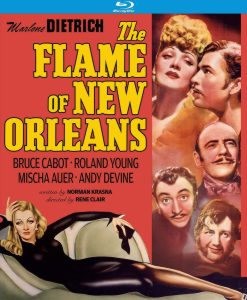
I just watched a movie about a team of con-artists who finagle their way into the lives of an idle rich family. Although the members of the family aren’t outrightly villainous, it is clear that their wealth and power shields them from having any consideration for those on the lower socio-economic ladder. This lack of empathy on their part helps the audience feel that their final comeuppance at the end was well-deserved. But enough about Parasite, I also watched Kino-Lorber’s Blu-Ray release of The Flame of New Orleans.
The Flame of New Orleans was the American film debut of French director René Clair. Clair, who had previously directed films like À nous la liberté and The Ghost Goes West, had come to America after World War II broke out in Europe. He found a home in England working for Alexander Korda for a time (for whom he made Ghost, which was his first English-language film), but eventually found his way to Hollywood, where he found studios eager to work with him.
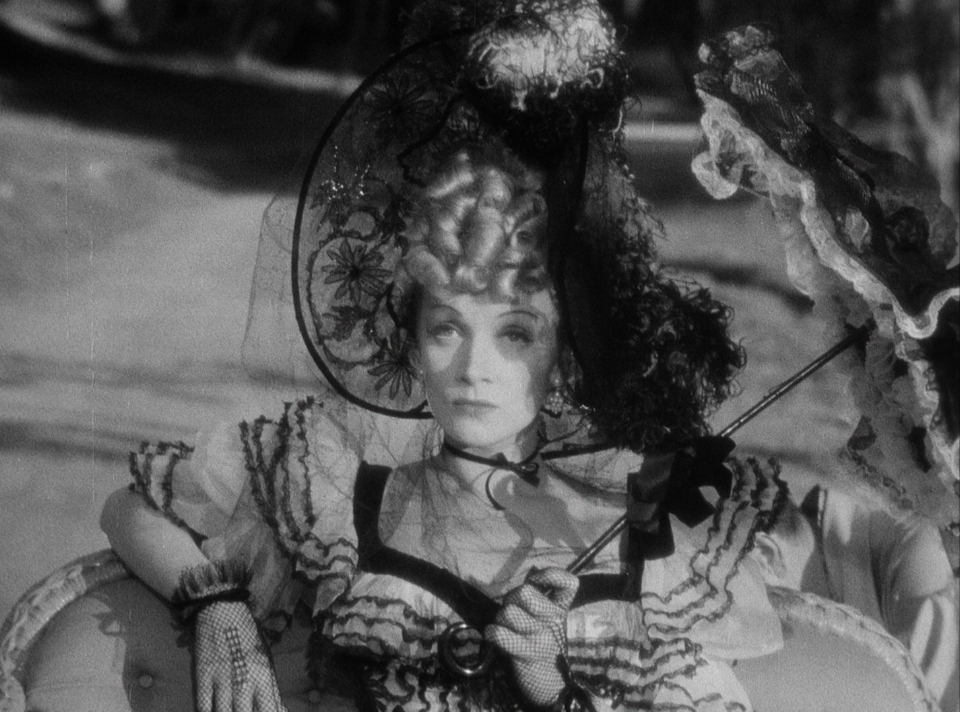
Flame stars Marlene Dietrich, Bruce Cabot, Roland Young and Theresa Harris. Although Dietrich had won acclaim for her roles in such films as Morocco, and Shanghai Express, her power as a box-office draw was on the wane by the late 1930s. When Universal producer Joe Pasternak offered her a part in the western-comedy Destry Rides Again, it was her first film in nearly two years. She took the part and went on to work in two more movies for Pasternak, ending with Flame.
In Flame, Dietrich plays a woman calling herself the Countess Claire Ledoux. The Countess catches the attention of a wealthy (and unmarried) banker Charles Giraud (Young) when she faints during a performance at the opera. Giruad is instantly smitten with the exotic beauty, and begins a courtship. We quickly learn, however, that’s it’s all a setup. The “Countess” is really a globe-hopping gold-digger who, with the help of her maid, Clementine (Harris), does what she can to part lonely men from their money.
Complications ensue (as they do) when Claire meets Robert Latour (Cabot). Latour is a working man, he captains a ship that hauls goods up and down the Mississippi. They have a meet-cute when his monkey (yes, an actual monkey) gets caught in her carriage. Their initial meeting doesn’t go well, but soon she finds herself becoming attracted to his rough charms, and he’s impressed by both her beauty and status as a lady.
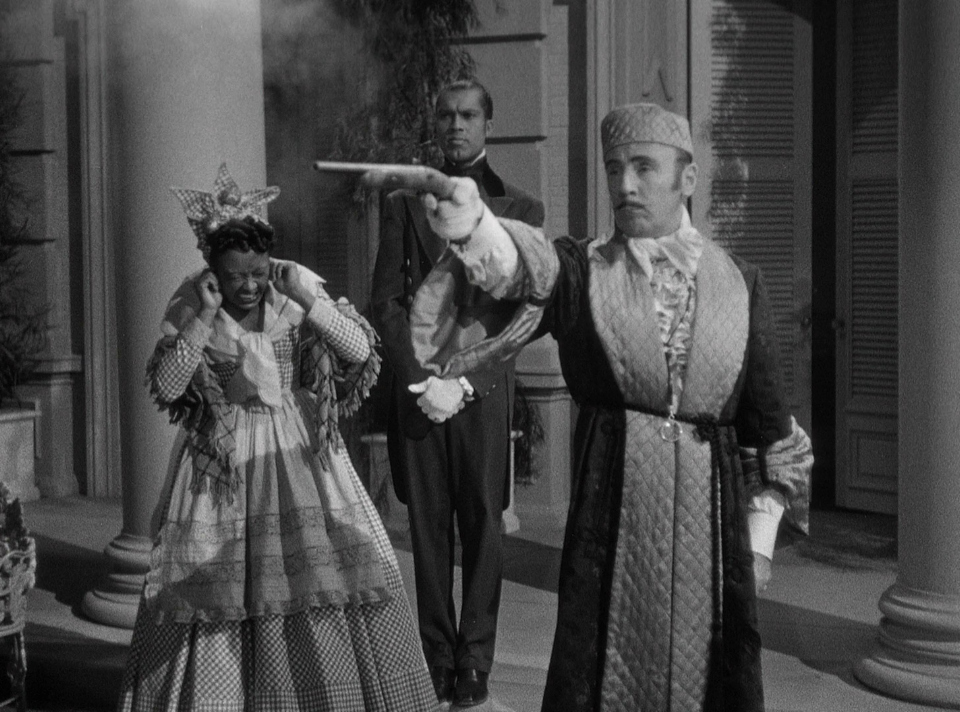
Things become even more complicated when Giraud overhears Claire speaking freely about how she’s not going to be able to get any money from the men in New Orleans. To keep her cover, Claire and Clementine have to invent a troublemaking ‘cousin’ (also played by Dietrich). This is enough to convince Giruad that the Countess is on the level, but he demands that Claire bring the cousin to meet the rest of Giruad’s family (including his suspicious sister) in order to placate them.
In writing it out, the plot sounds a lot more madcap than it plays. This is in part, no doubt, both to Clair’s different sensibilities as a director as well as his unfamiliarity with English. The production of the film was troubled throughout, and from all reports it sounds like nobody got along with anyone else. Cabot and Dietrich were feuding, and no one liked Claire. The contemporary critical response to the movie could only charitably be called tepid, and it was a box-office flop.
Those contemporary critics weren’t necessarily wrong. For all of its crazy twists, the movie moves at a mannered pace, and there’s not a lot of life in the performances of Dietrich, Young, and Cabot. Cabot tries, bless him, but he just can’t bring any vitality to Latour, the way someone like Gable or Flynn would have been able to.
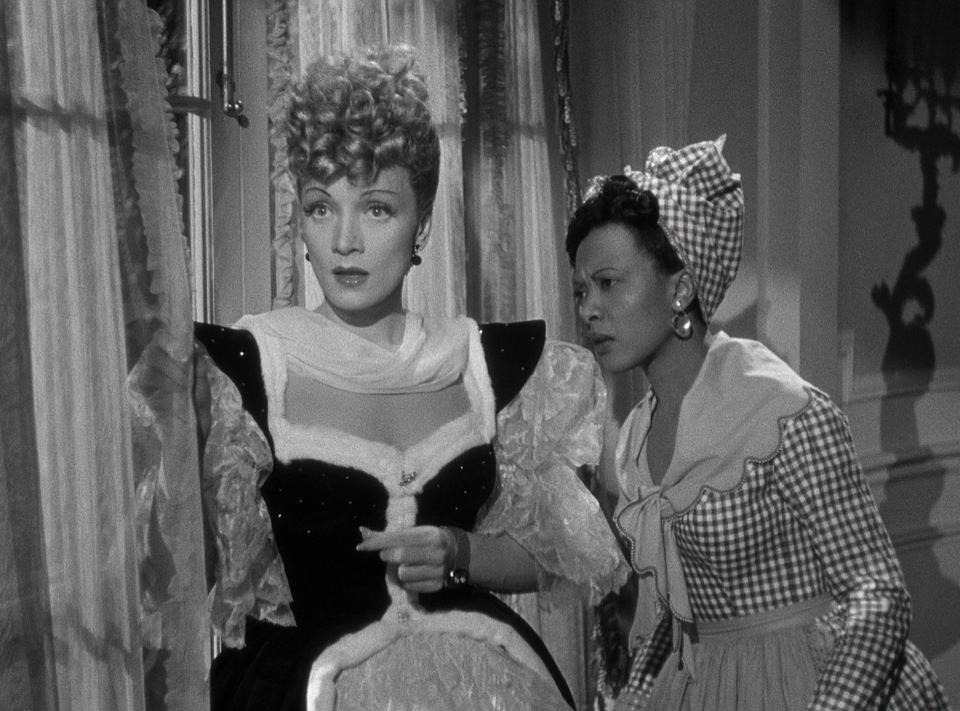
But let’s not discount the interesting things Flame does well. Dietrich finds herself playing essentially three parts throughout the movie: The shy and demure Countess, the brash and earthy cousin, and her true self, who’s sly but world-weary. The latter ‘role’ is someone she can only be in the company of Clementine. None of these roles are any sort of ‘tour de force’ for Dietrich, but it’s fun to see a taste of her range within the same movie.
Claire’s relationship with Clementine is reminiscent of that between Barbara Stanwyck and Harris in the 1933 film Baby Face. There, Stanwyck’s character (also named Lily… hmmm…) uses her ‘feminine wiles’ to work her way up the socio-economic ladder, with Harris as her best friend and confidant- a role pretty rare for African Americans for the time. Harris’s film roles were mostly confined to playing maids and Flame proves no exception. But it’s clear Clementine is a co-equal player in hatching Claire’s plots. And, as noted, she is the only person with whom Claire can be herself.
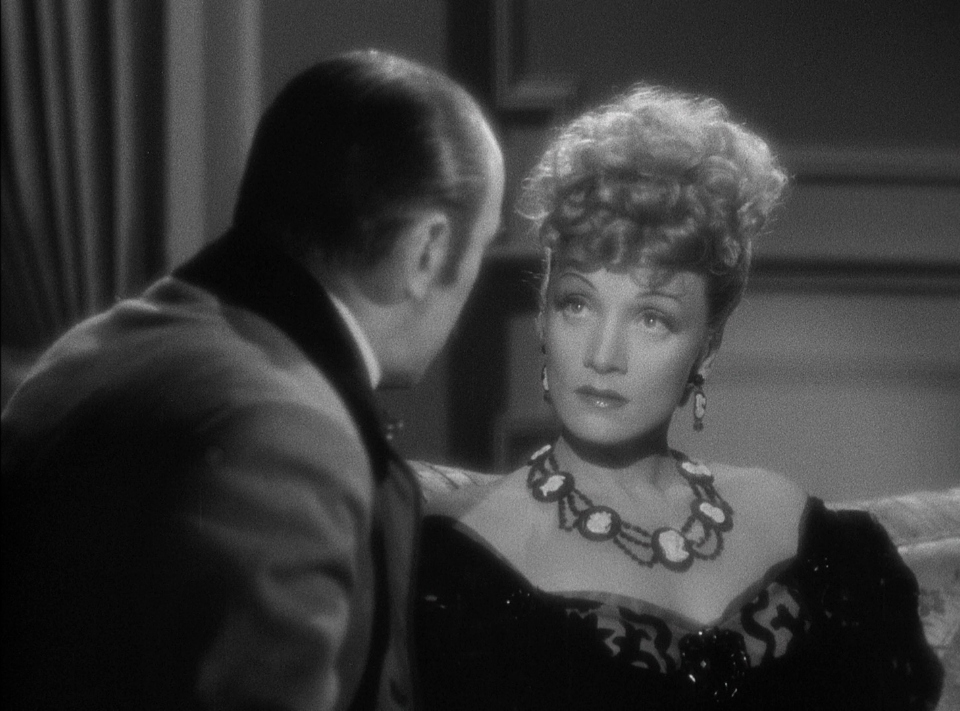
The other supporting cast does well too. Mischa Auer shows up as a Russian who knows some scandalous rumors of Claire from her days back in Europe, and he has this weirdly funny way of winking at her constantly while she tries to entertain her future in-laws with a piano recital. Andy Devine (you’ll know him as the voice of Friar Tuck from Disney’s Robin Hood) plays Latour’s first mate. Shemp Howard shows up in a very small part (seriously, the man has like two lines here), and he displays more life and energy than anyone else in the film.
Clair’s Hollywood career wasn’t ruined by this initial misfire. His later films like I Married a Witch and It Happened Tomorrow would be well-received. Eventually he would find his way back to his native France. His style would fall out of fashion, especially as the French New Wave began to explode on the scene in the late 1950’s. He directed his last movie, Les fêtes galantes, in 1965.
Kino-Lorber’s Blu-Ray of The Flame of New Orleans comes with a feature length commentary track by author and film historian Lee Gambin and actress and film historian Rutanya Alda. There is also the usual collection of theatrical trailers. The film is presented in a 1.35:1 aspect ratio at 1080p, and has English subtitles.

